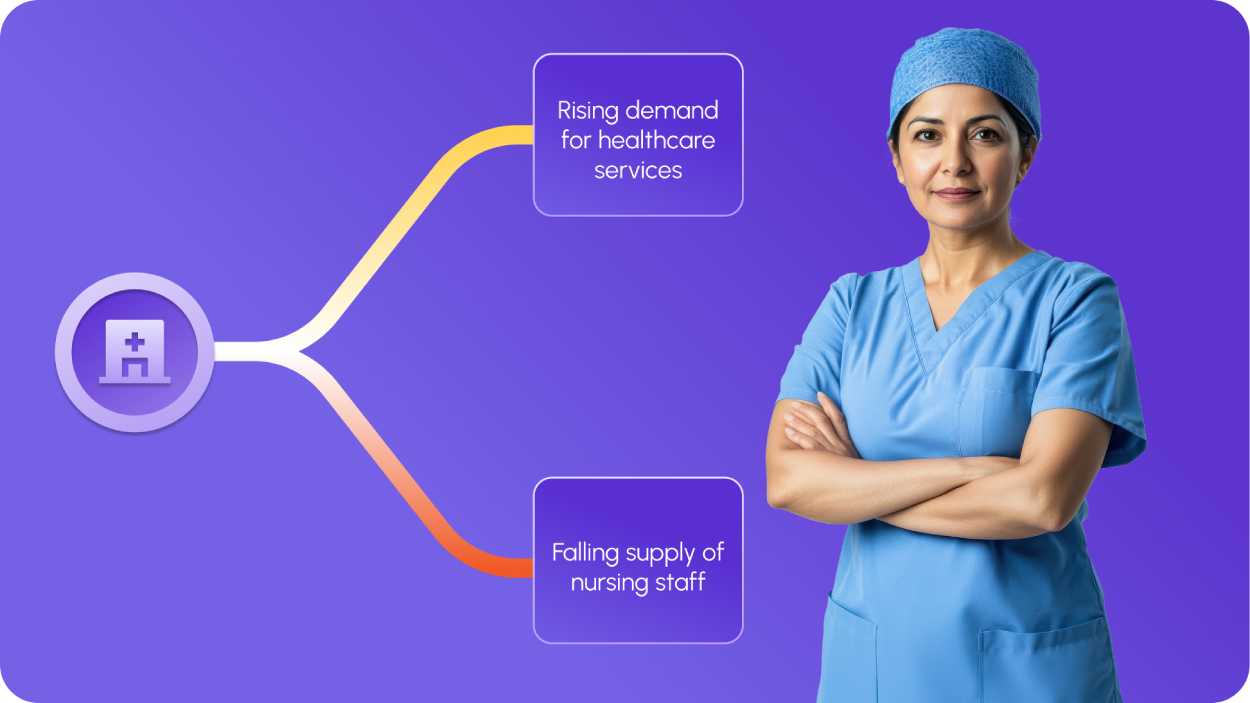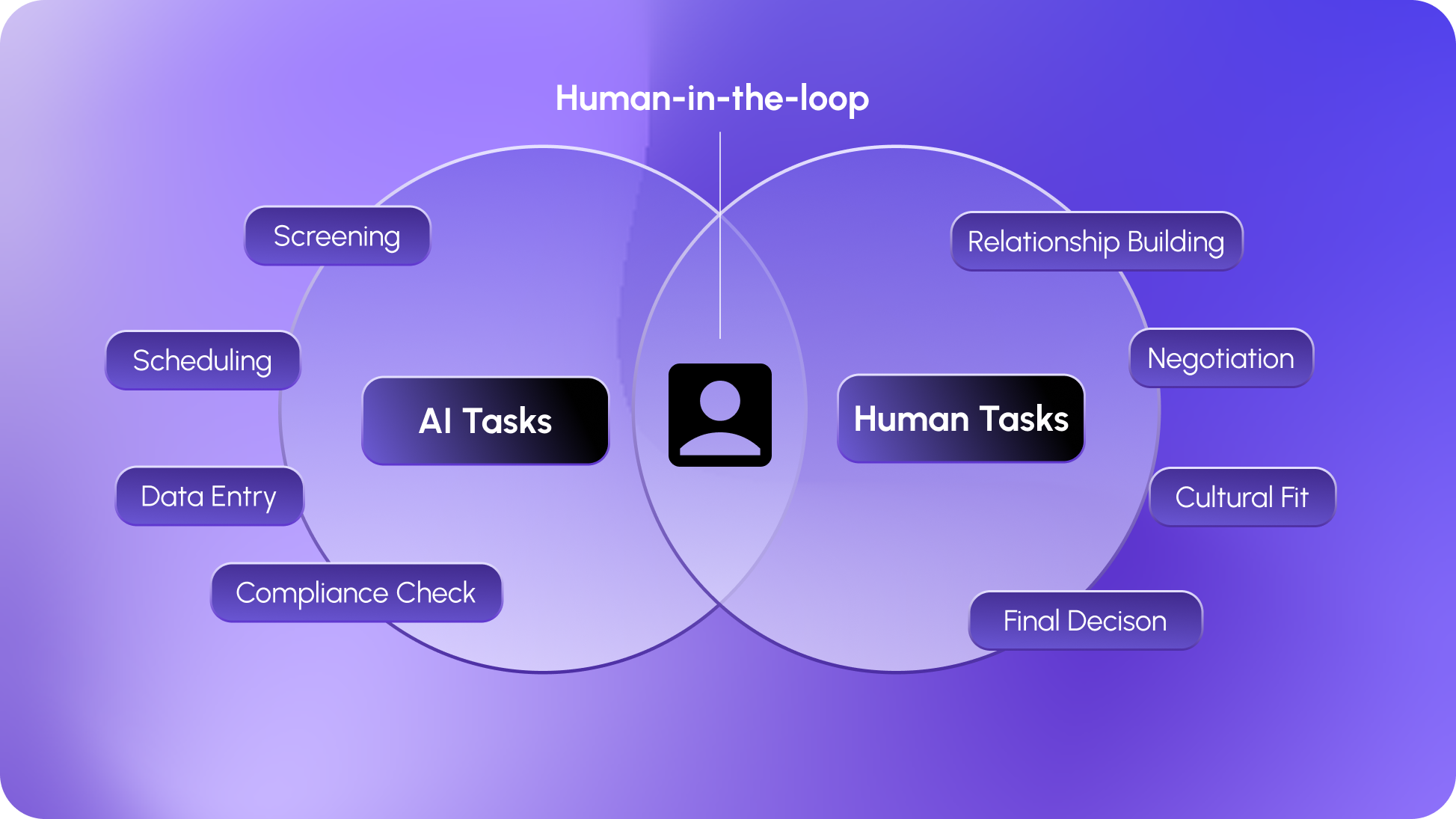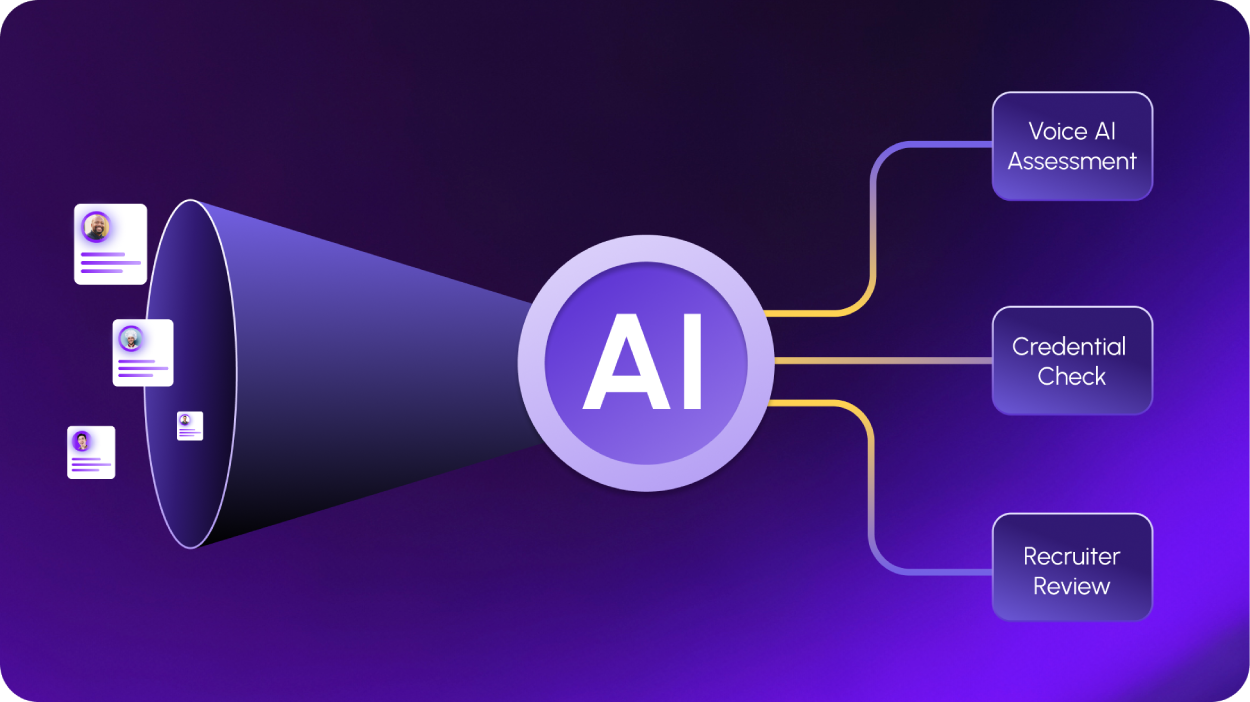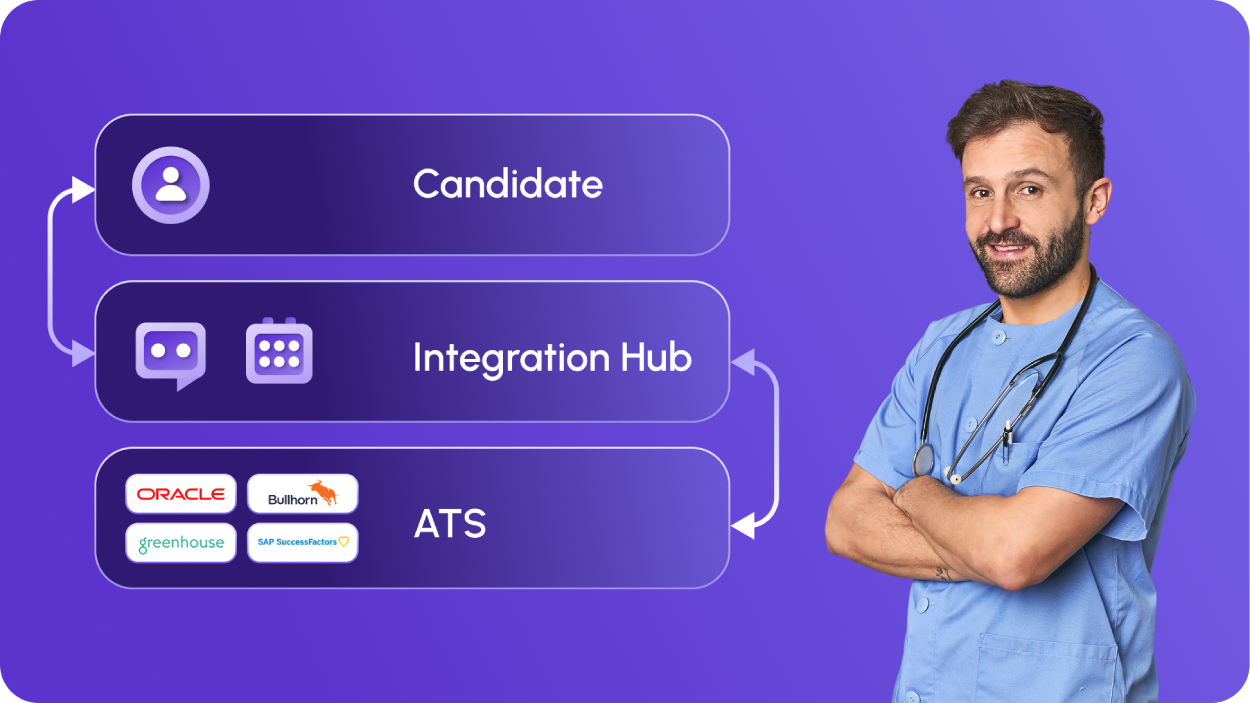1.1. The State of the Healthcare Workforce
The healthcare industry is confronting an existential staffing crisis. Sustained critical labor shortages are prevalent across the board, particularly in high-demand roles like Registered Nurses (RNs), specialty physicians, and allied health professionals. This scarcity isn't a temporary fluctuation; it's a structural challenge fueled by two major trends. First, an aging patient population requires increasingly complex and sustained care. Second, a massive wave of experienced healthcare professionals is opting for early retirement following the stresses of recent years, depleting the available talent pool. The challenge is no longer just finding talent, but finding it fast enough to keep pace with the 24/7 demands of patient care.

1.2. The High Cost of Vacancy and Turnover
When critical positions remain open, the impact cascades throughout the entire organization, leading to a direct compromise of patient safety and quality of care. Financially, the costs are staggering. High vacancy rates drive up expenditures through excessive overtime paid to existing staff and, more critically, reliance on expensive external agencies or locum tenens to plug staffing gaps (Source: The AI-driven revolution in healthcare staffing recruitment | Staffing Industry Analysts). The average cost of replacing a single RN, including separation, recruitment, and training, often exceeds $40,000. Furthermore, high turnover creates a vicious cycle where remaining staff face increased workload and moral injury, fueling further burnout and attrition. The organization is essentially paying a "burnout tax" on every manual, slow hiring process.
1.3. Unique Challenges in Healthcare Recruiting
Healthcare talent acquisition is burdened by specific complexities that are amplified by manual processes:
Strict Credentialing and Compliance: Every clinical hire requires mandatory, time-consuming verification of licenses, certifications, and rigorous background checks. This process, often involving individual phone calls or manual database checks, can drag time-to-hire from days to weeks.
24/7 Staffing Needs: Hospitals and clinics never close. The constant need for round-the-clock coverage necessitates complex shift scheduling and immediate fill rates for critical roles. Manual schedule coordination is a logistical nightmare.
Dual Hiring Demands: Talent Acquisition teams must balance managing high-volume, entry-level hiring (CNAs, Medical Assistants) which demands speed, with highly specialized, low-volume clinical searches (e.g., pediatric surgeons, informaticists) which demands precision and relationship-building. Automation must serve both masters.
1.4. Defining Recruiting Automation and AI.
It is vital to distinguish between two key concepts:
Recruiting Automation (RA) often utilizing Robotic Process Automation (RPA), refers to technology executing simple, rule-based, repetitive tasks. Examples include sending automated confirmation emails when applications are submitted or simultaneously updating job postings across multiple platforms (Source: The Strategic Edge of Healthcare Workforce Automation - Phenom).
Artificial Intelligence (AI) goes further. It uses machine learning (ML) and natural language processing (NLP) to analyze complex, unstructured data (like resumes or interview responses) to make predictions, assess fit, and drive intelligent decision-making, effectively augmenting the human recruiter.





